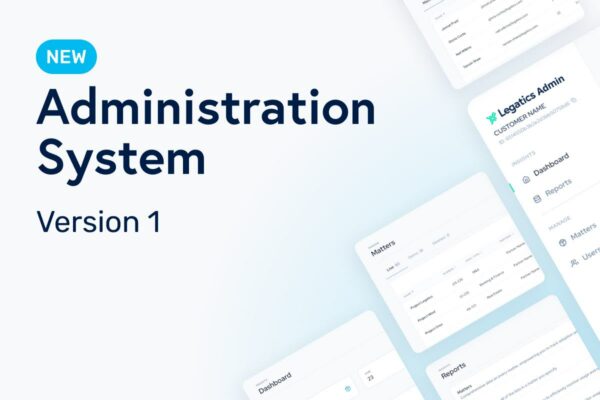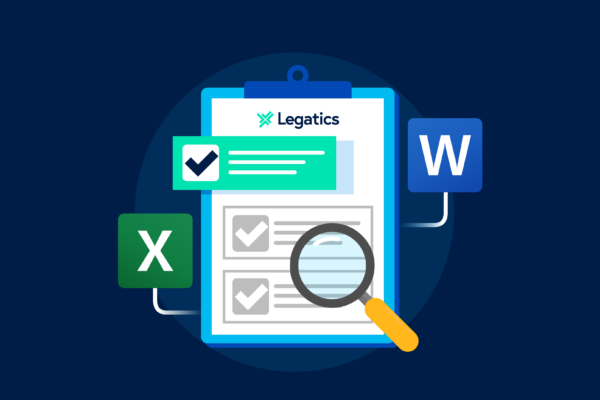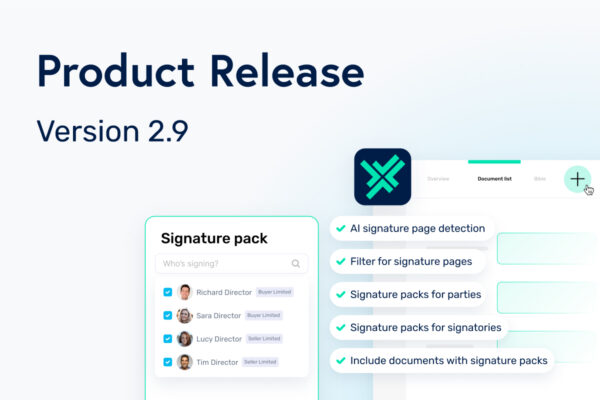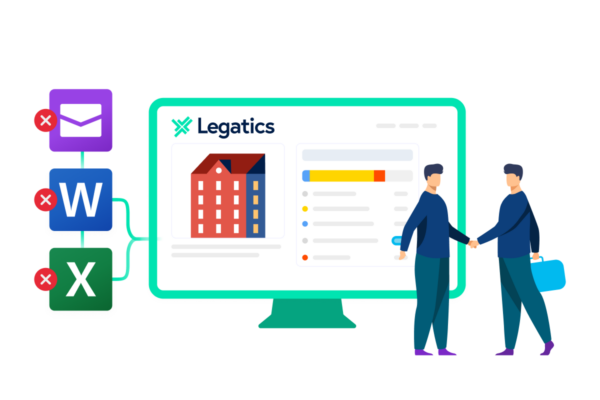What do video games and LegalTech have in common? Apart from both featuring on the latest episode of the LegalTech Arcade podcast, the answer is not a great deal. They do, however, both require significant amounts of strategy, and both share the same overall goal- success.
When Legatics’ CCO Daniel Porus recently sat down with Rob Macadam to record the latest episode of LegalTech Arcade, they concluded that a successful LegalTech investment boils down to careful collaboration, transparency and meticulous planning. Given Daniel and Rob have both substantial experience on both the firm and vendor side of LegalTech, they covered key factors for consideration at the following three stages:
Procurement
The procurement process for the vendor can feel a little tainted with a feeling of helplessness. Once you’ve proved that the tool is something that will significantly benefit the firm, you’ve agreed to move forward, all that’s left is to sit back and wait for the contracting and infosec processes to go through the motions. For the law firm, you may not quite have anticipated the number of hoops there were to jump through.
To avoid procurement barriers, both parties should understand who is involved in the process. Law firms should map out who they will need to engage with as part of the process (legal, finance, security, IT) and understand when they need to be brought in. Where possible, make sure this is planned and communicated well ahead of time. This level of transparency and collaboration will be appreciated by each department and will allow the vendor to make sure they have everything with you when you need it.
Onboarding
“Sometimes firms are blinded by enthusiasm.” recalls MacAdam “Do you find firms struggling to convert the enthusiasm into that well defined change programme?”
Trying to channel the enthusiasm from those who are initially involved in the purchase and then go on to effect behaviour change is one of the biggest battles. And it’s through no fault of the teams. At the end of the day, they’re incredibly stretched for time. Which is exactly why at Legatics we’ve introduced both Customer Success and Engagement teams, as we want to be pioneers in facilitating and encouraging adoption. Not only do we run roll out meetings to help the customer plan and execute, we track what is and isn’t working well but over all we try and encourage an open conversation and foster transparency.
But if you don’t have that support from the tech vendor you’re working with then you need to make sure the onboarding plan is part of your procurement process. Ask yourself what is the strategy? What kind of deals are you going to do with this? Which offices do you start in? Who will you appoint as champions? Is IT informed enough to support this?
Proving ROI
Measuring return on investment should be part of your planning process. What you want to avoid is a situation where you’re reviewing your tech and don’t really have any gauge on if it was a triumph or not. What does success look like to you?
Porus explains that firms shouldn’t be solely focused on the quantitative aspects of ROI. It’s about tracking metrics, but be sure to capture the anecdotal feedback as well as any data driven results that will help. Measuring the number of matters opened and the number of users may prove just as insightful as measuring client satisfaction.
And finally, to those who are just setting out on their LegalTech journey, or indeed for those who are well versed in the challenges that are often presented: trust your vendor. They’ve seen what works and what doesn’t, they want to help and they may just have that little bit of wisdom that will help your firm level up.
To listen to the podcast in full, click here.










